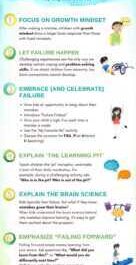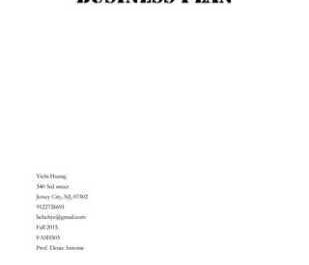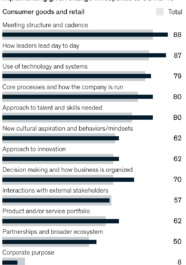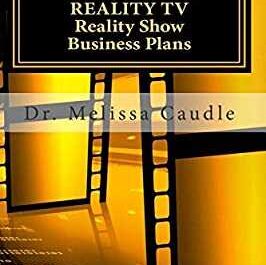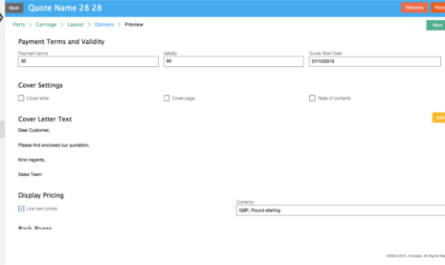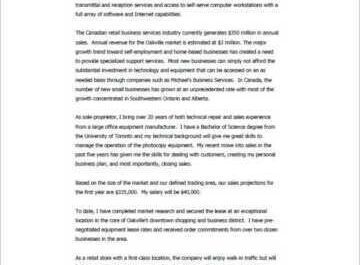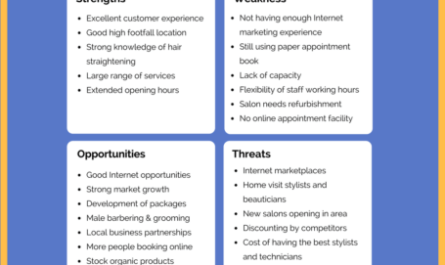Are you about to hire employees for your business and want to know the price? If YES, here is a quick guide on how to calculate employee hourly cost.
Although it may seem petty and trivial to some, calculating the hourly cost of employees is very important for businesses. If you don’t know your employee’s hourly cost, it’s virtually impossible to determine your true operating costs, and that’s not good for any business.
Personnel costs are also referred to as actual salary costs, actual salary costs, fully encumbered salary costs or fully loaded salary costs. Determining your employee’s hourly cost is not a walk in the park and can be quite a challenge. The importance of knowing your employee’s hourly cost cannot be overstated.
If your business is service-based, you have a good idea of what an employee costs you. It takes an hour to fully understand your profitability. Knowing the cost of your employee, you can determine if the cost of producing a product is higher. or less than the cost you sell.
In addition to the wages you pay your employees, other employer expenses include:
- FICA taxes (Social Security and Medicare)
- Insurance
- Benefits such as retirement, gym, transportation, meals, etc.
- Equipment and consumables
- Overheads such as office rent, utilities, etc. para.
It is quite obvious that these costs vary from company to company, and therefore it is very important to understand your company in order to have a clear idea of the hourly cost of your employee. Here is how you can calculate the hourly cost of your employee. .
A Quick Guide to Calculating Employee Hourly Cost
1. Determination of employee wages and hours worked: The first step in calculating your employee’s hourly cost is to determine the employee’s hourly wage, which is the number of hours worked for you in a year and the number of days worked. unavailable due to vacation or sick leave.
For example, if you pay an employee $17 for every hour worked and they worked 2,080 hours (40 hours per week multiplied by 52 weeks). Suppose staff are absent from work for 20 days due to vacation and sick leave. You will then need to multiply the number of days the employee could be absent from work by eight hours a day.
Then subtract that result from the number of hours she is available to work per year to calculate the actual number of hours she works per year. In this example, multiply 20 by 8 to get 160 hours. Subtract 160 from 2080 to get 1920 actual hours worked per year.
2. Determine the annual costs directly related to: you will need to determine, from the information you already have, the amount of annual expenses you pay in addition to the hourly wages of your employees. These expenses can include payroll taxes, insurance, benefits, food, supplies, and school fees.
You will then need to add these expenses together to find the employee’s labor costs. From the example above, if you pay $1,000 in payroll taxes, $500 in insurance, $1,000 in benefits, and $2,000 in supplies and other miscellaneous expenses, when you add them all together, you get $4,500.
3. Determine annual labor cost from wages: You will then need to multiply the employee’s hourly wage by the number of hours actually worked in a given year to determine their annual labor cost. labor, then add the annual salary. Labor costs to pay an employee.
video
Using our example, we multiply $17 per hour by 2080 hours to get $35,360 in annual labor costs. We then add $35,360 and $4,500 to get $39,860.
4. Calculate the cost of an employee per hour: finally, you will have to divide the result of the number 4 by the number of hours worked in a year to obtain the hourly cost of the employee. Continuing with our example, dividing $39,860 by 1920 gives a cost per employee of $20.76 per hour. This result would mean that the total cost of hiring workers is actually $20.76 for every hour worked.
Don’t jump to the conclusion that knowing your true costs should lead to a reduction in all costs. without properly weighing its advantages. The data you collect should be used to make the right decisions about projects, meetings, productivity, and how you and your employees spend your time and resources.










